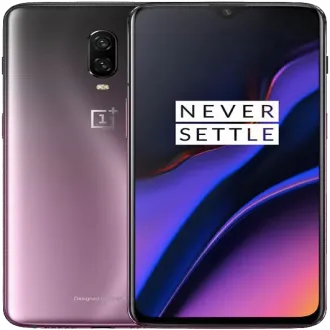OnePlus 6T can be access via USB C using the ADB (Android Device Bridge) interface.
The OnePlus 6T was a flagship smartphone released by OnePlus in November 2018. It featured a sleek and modern design with a glass back and a 6.41-inch Optic AMOLED display. The device was powered by Qualcomm's Snapdragon 845 processor, paired with 6GB or 8GB of RAM, offering fast and smooth performance. It ran on OxygenOS, a customized version of Android, providing a clean and user-friendly interface.
The OnePlus 6T boasted a dual-camera setup on the back, consisting of a 16-megapixel main sensor and a 20-megapixel secondary sensor for depth sensing. It also introduced an in-display fingerprint sensor, a feature that was relatively new at the time. The phone had a 3,700mAh battery, which offered decent battery life, and it supported OnePlus's proprietary Dash Charge technology for fast charging.
Overall, the OnePlus 6T delivered a high-quality smartphone experience with powerful hardware, a vibrant display, and a solid camera system. It garnered positive reviews for its value proposition, as it provided flagship-level features at a more affordable price compared to other premium smartphones on the market.
Step 1 — Download and extract the Android USB Driver to your PC.
Step 2 — Click Start (Windows) -> Control Panel -> Device Manager (Select Device Manager).
Step 3 — On the Device Manager window find and click on computer name to select Add legacy hardware.
Step 4 — Select Next
Step 5 — Selext Install the hardware that I manually select from a list (Advanced), and click the Next
Step 6 — Select Show All Devices afterward click Next button again.
Step 7 — Click the Have Disk button.
Step 8 — Click Browse button to find the extracted Android ADB Driver -> android_winusb.inf and click on Open.
Step 9 — Click OK.
Step 10 — Now select the Android ADB Interface -> click Next button.
Step 11 — Click Next button again.
Step 12 — Windows Security box will appear, to confirm whether you really want to install the Android USB Driver, so just choose the Install this driver software anyway.
Step 13 — Once you clicked the Finish button, then repeat from step 2 to choose Android Composite ADB Interface.
Step 14 - Done.
